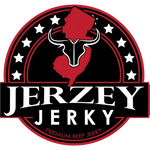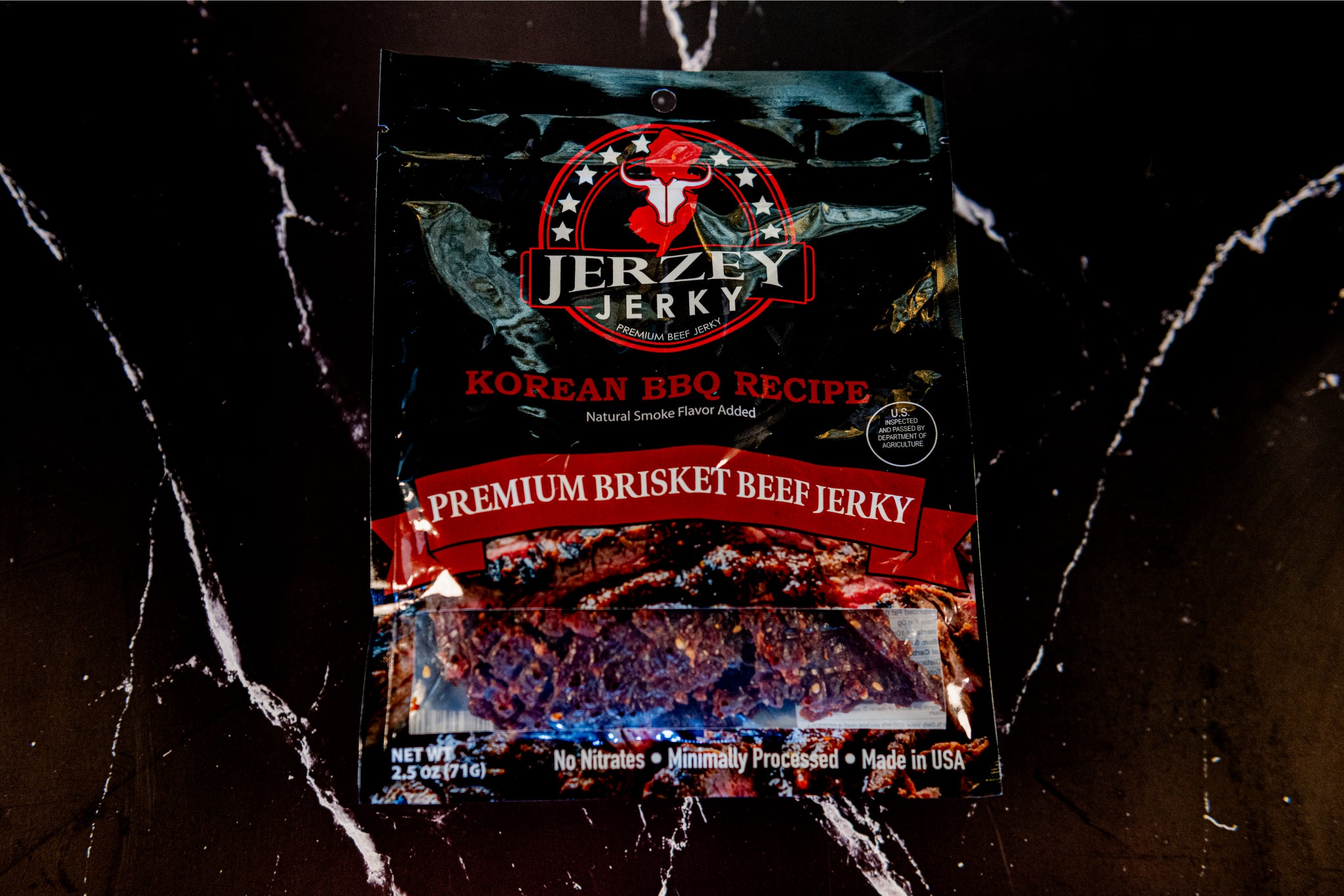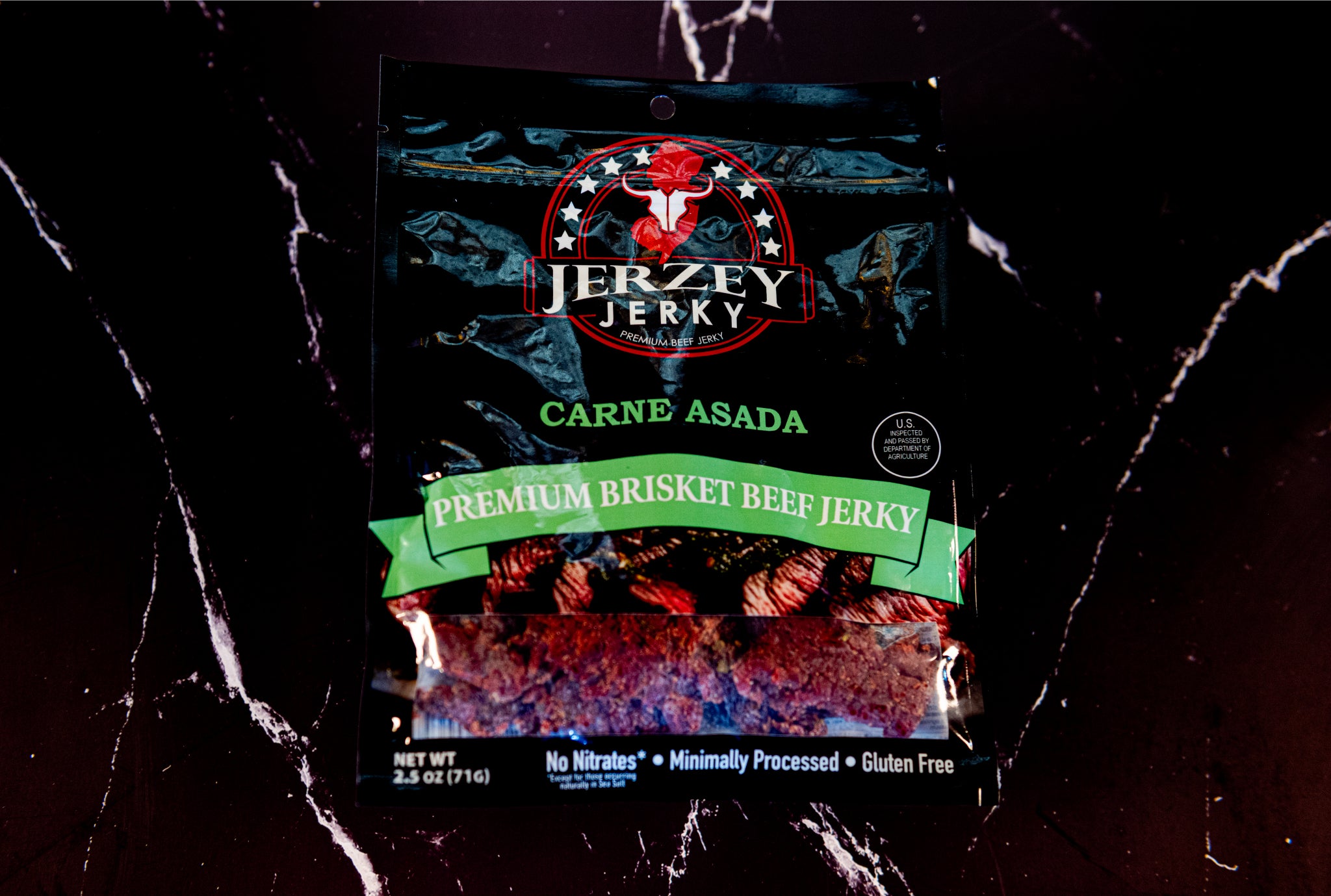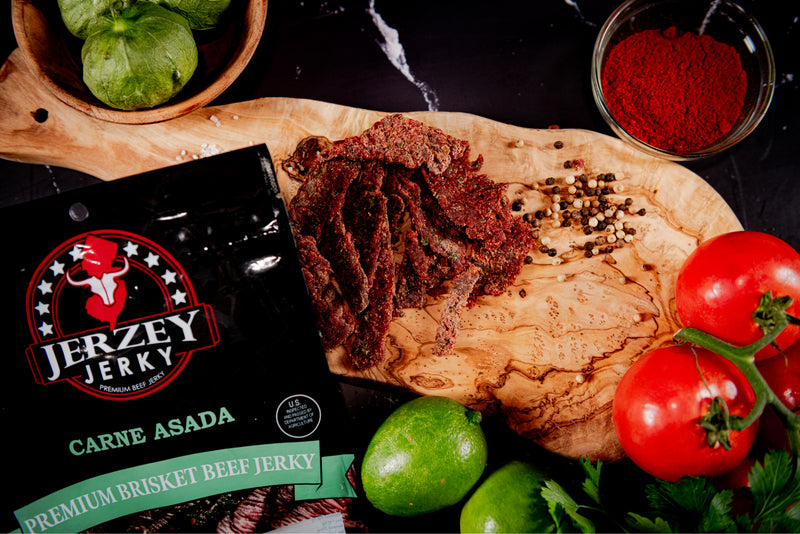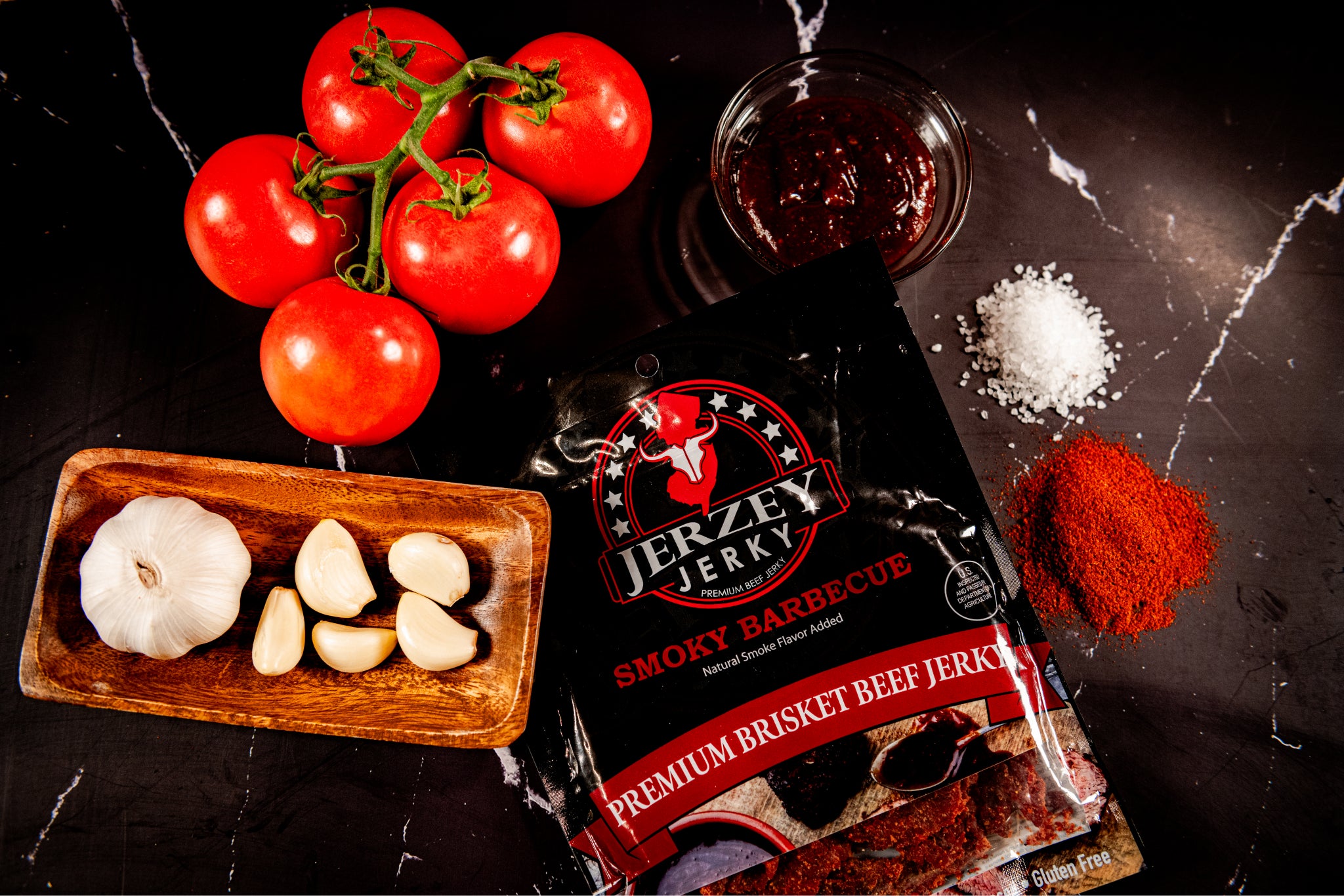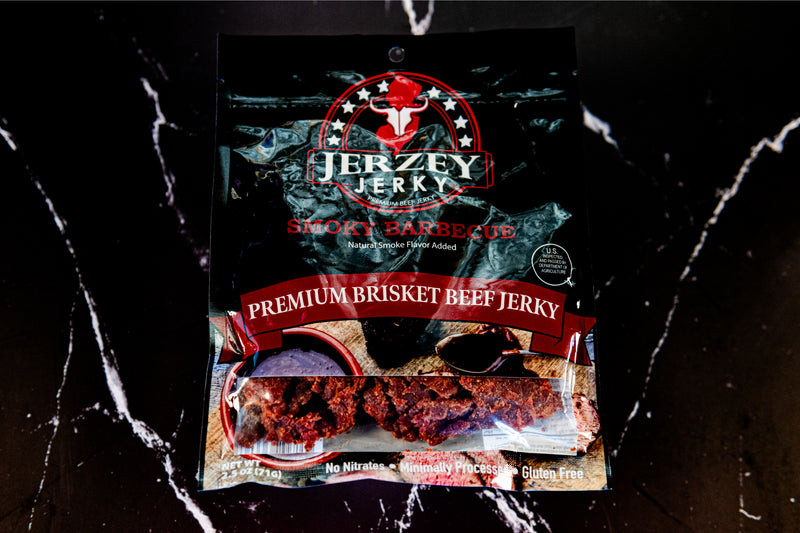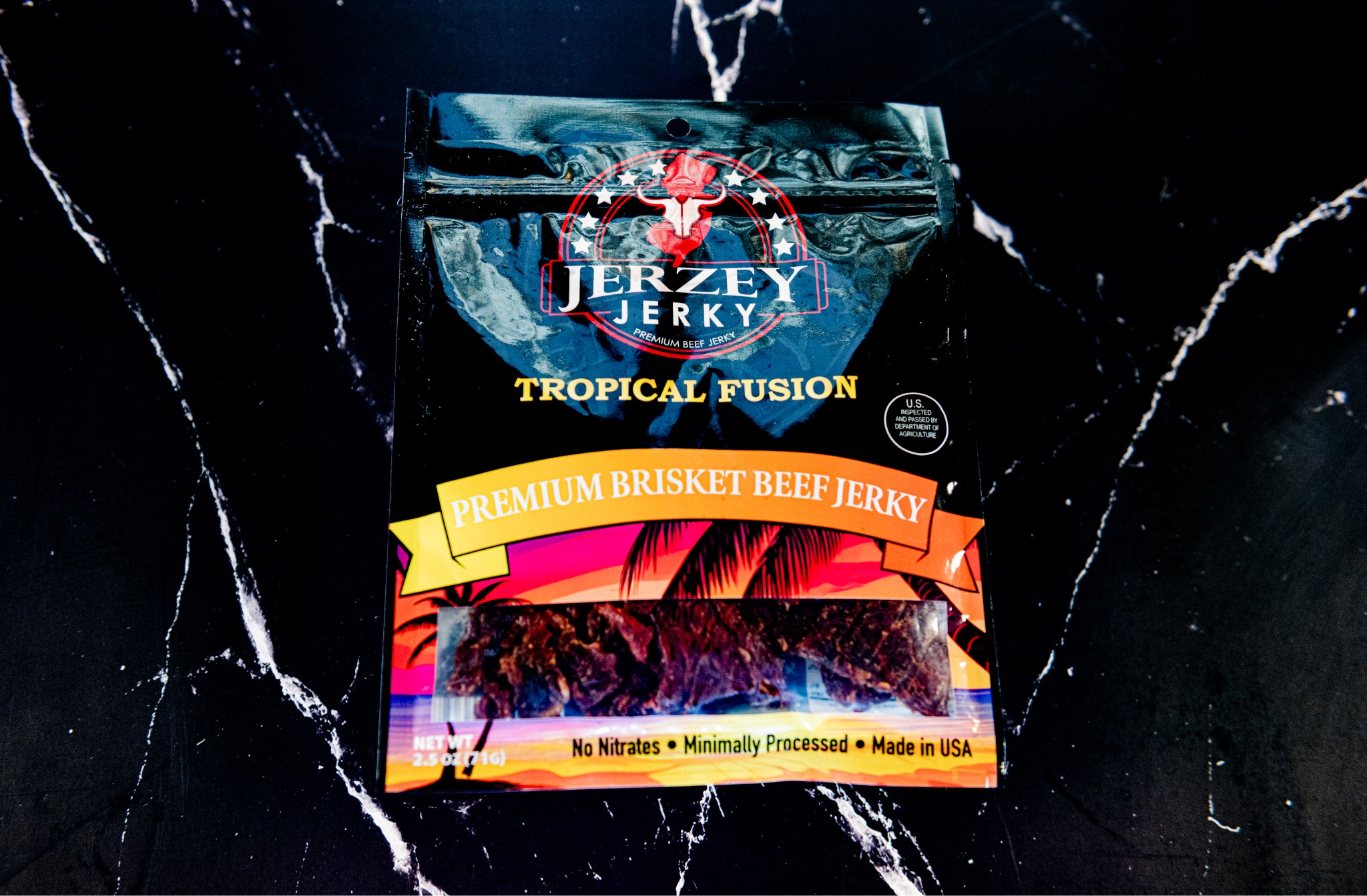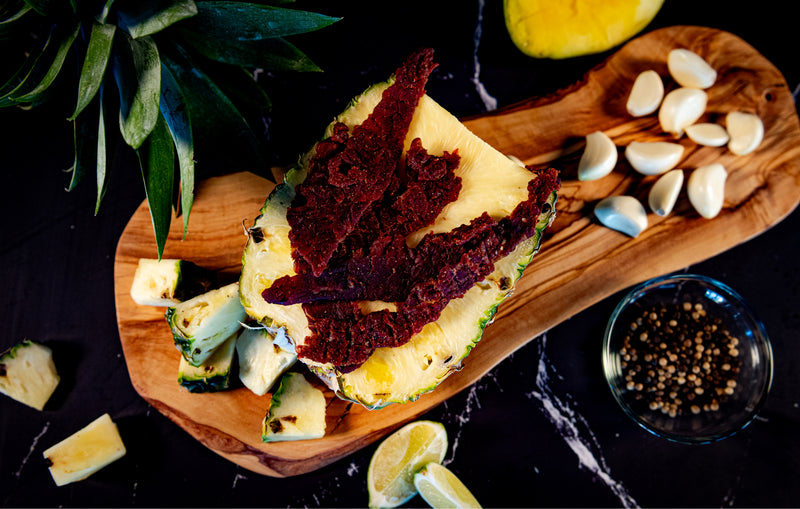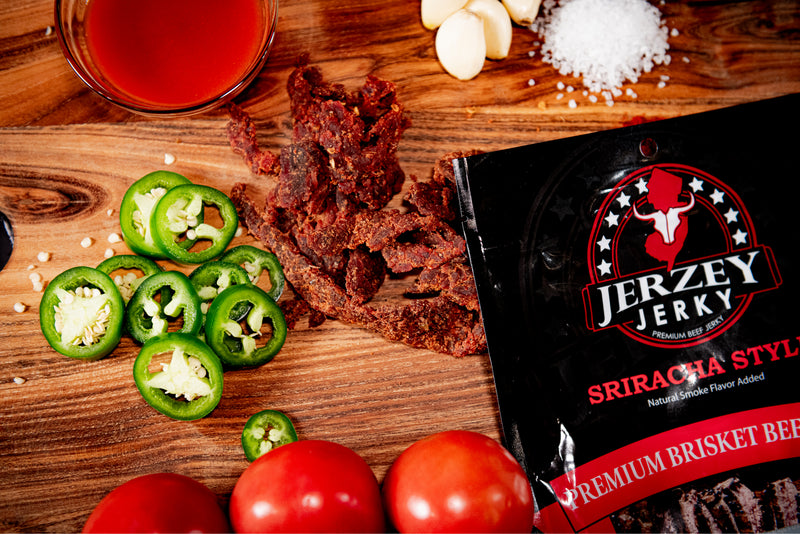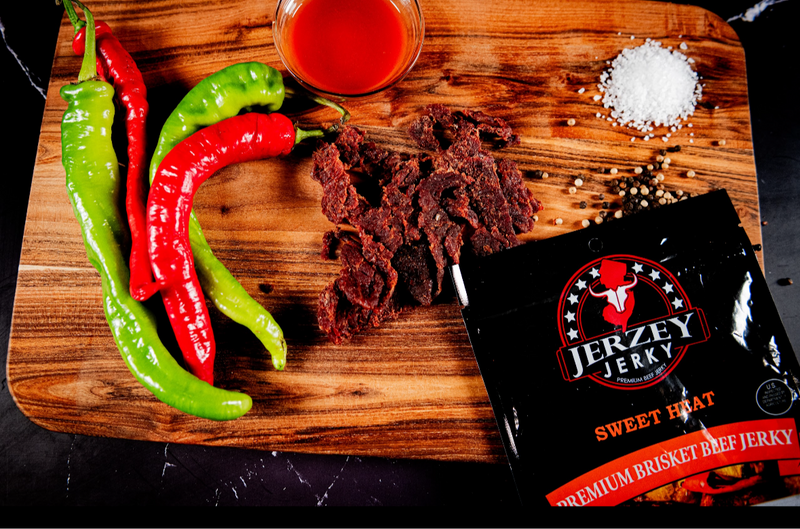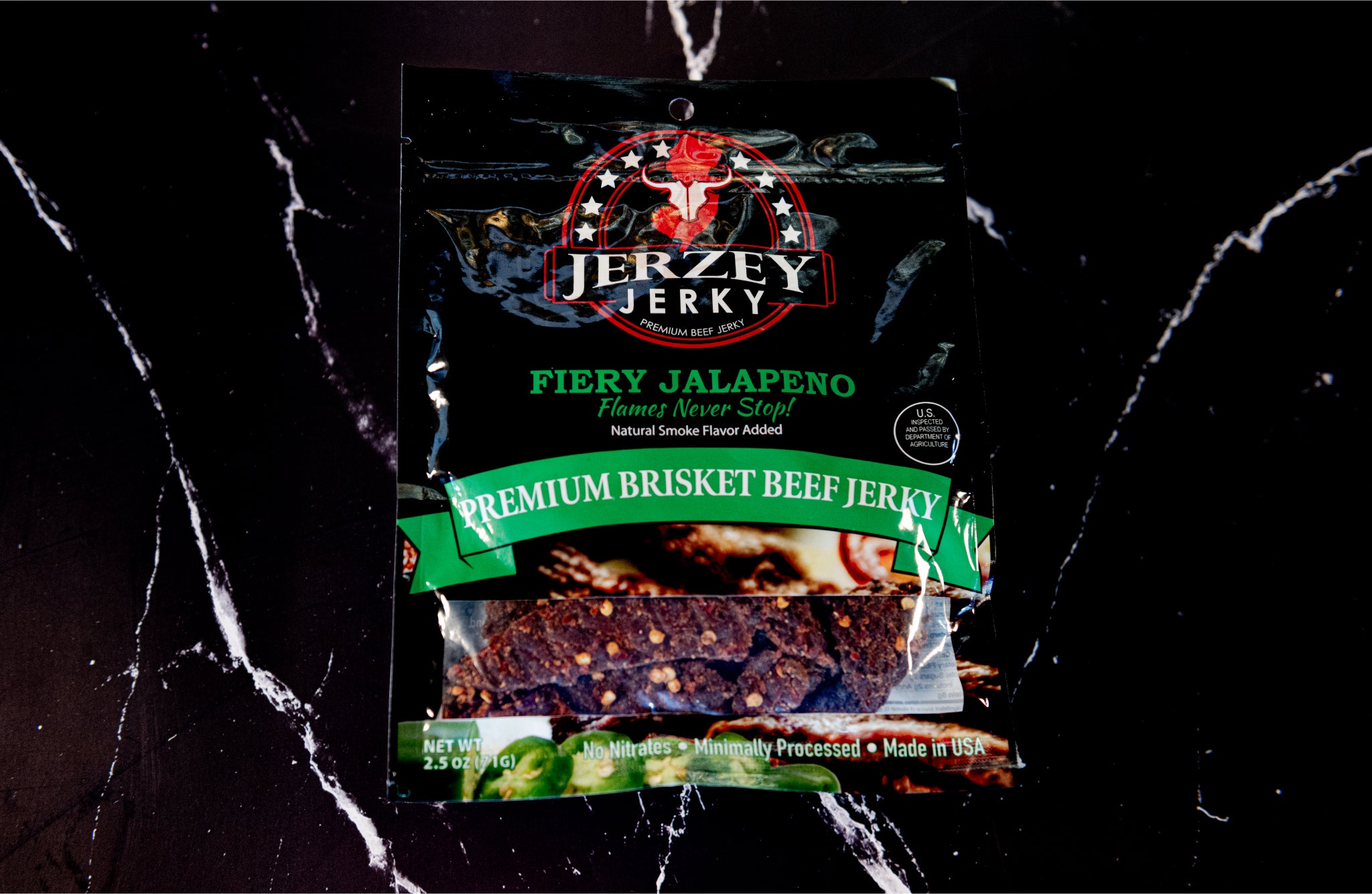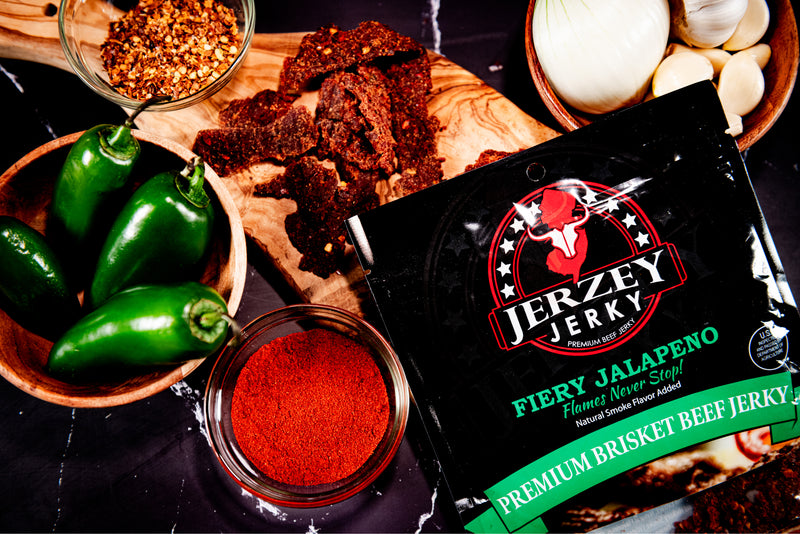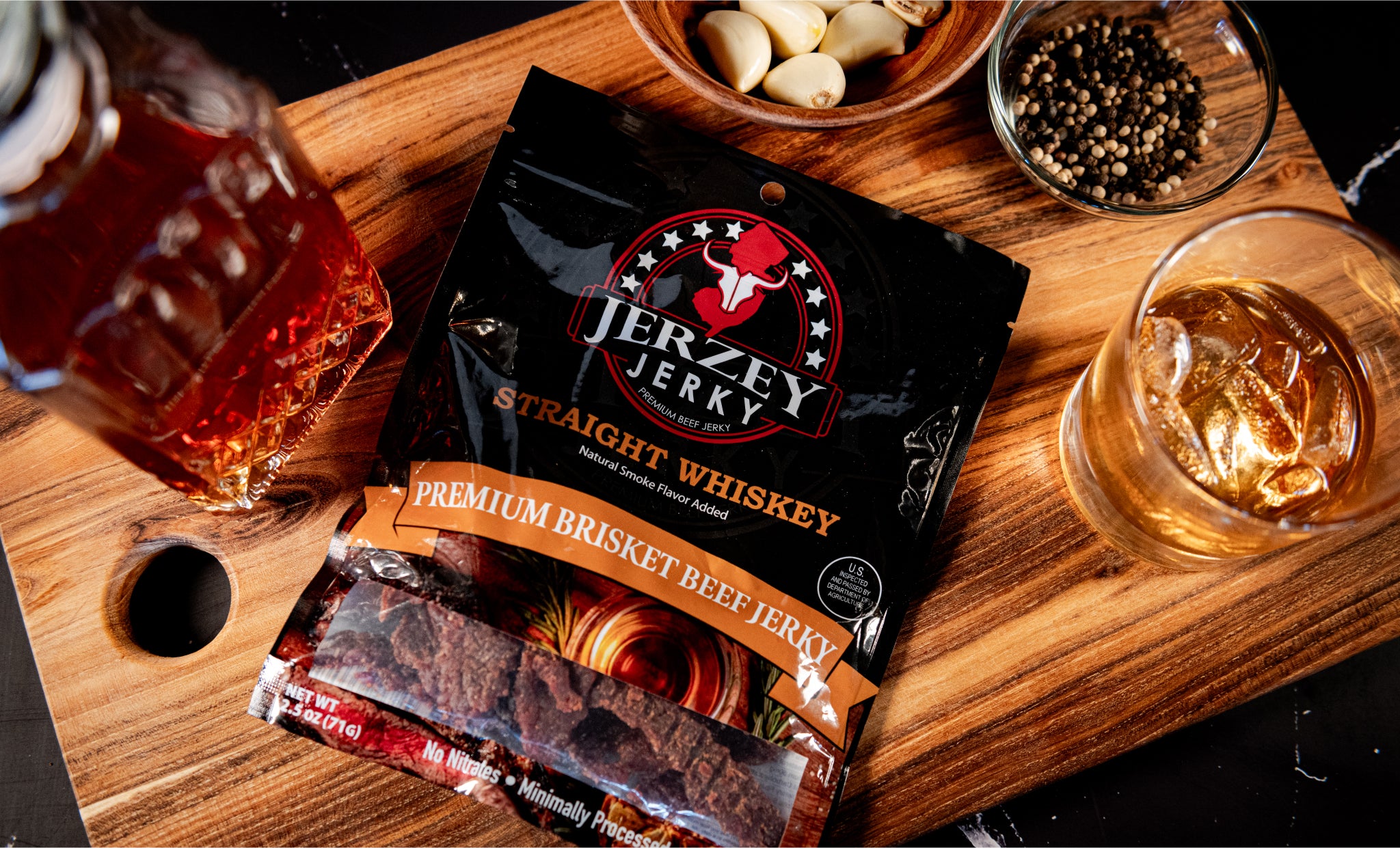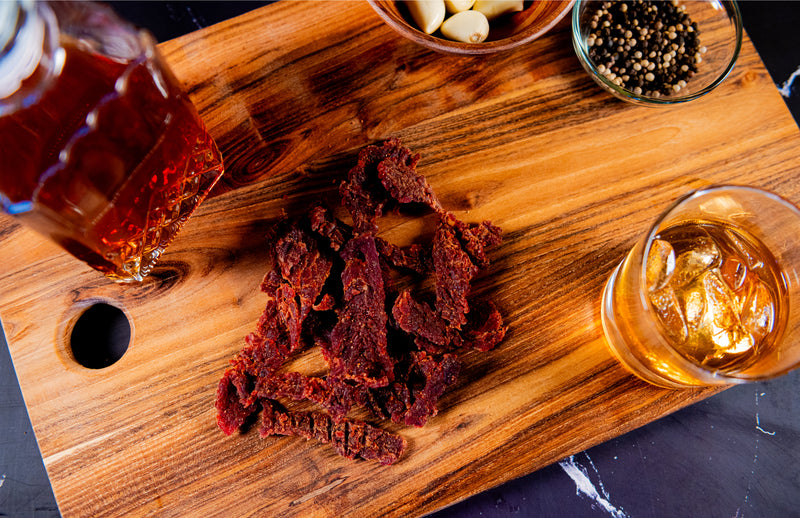
Braised Beef: Slow-Cooked Flavor & Tenderness Guide
Braised beef is cooked slowly in liquid (broth, wine, or stock) at low and slow heat, which breaks down tough connective tissues and muscles. It is a combination of searing and slow-smoking to create a rich and flavorful beef. This technique turns tough cuts into tender, juicy, and flavorful beef. It uses both moist and dry heat to cook less expensive beef cuts. Braised beef is common in French, Asian, Italian, and American cuisines.
What is the Nutritional Value of Braised Beef?
Here are the five components that enhance braised beef’s nutritional value:
- Calories: The calorie content in a barised eef depends on the types of cut and added ingredients like sauce or oil. A leaner braising steak offers fewer calories than a fattier steak. A 1-cup serving of braised beef offers 294 total calories, with half coming from fat content. Adding vegetables while serving decreases calorie intake to 283 per cup.
- Protein: Braised beef is a good source of useful protein, which plays a crucial role in muscle tissue repair and building. A 1-cup serving of braised beef offers 23.5-23.6 grams of protein. This value varies with the cut of beef.
- Fat Content: Brisket or chuck cuts (fattier cuts) contain a high amount of fat content compared to leaner cuts. For example, 1 serving of braised beef with vegetables offers 15g of fat content, while another offers 31g of fat per serving. Trimming the beef cuts before and after cooking reduces the overall fat content.
- Vitamins & Minerals: Beef is a source of zinc, iron, B12, and collagen. These minerals are useful for immune functioning(zinc), cell growth, and oxygen transport(iron) in the body. Selenium is an essential antioxidant. Vitamins like B12, riboflavin and, niacin are useful for energy metabolism.
- Health Aspects: Braised beef retains nutrients unlike other methods, which cause degradation. High-temperature method from heterocyclic amines (HCAs) and polycyclic aromatic hydrocarbons (PAHs), which leads to cancer. High fat content is the main concern in braising beef; trimming is the best option to choose here. The nutritional value of beef is increased by choosing grass-fed varieties, which contain antioxidants and omega-3 fatty acids.
Shop the best-selling Teriyaki Beef Jerky - Brisket & Korean BBQ Beef Jerky - Brisket !
What are the Characteristics of Braised Beef?
Here are the four characteristics of braised beef:
- Texture: The most distinctive characteristic is its tenderness. All the connective tissues and collgen tear down with slow and low cooking. This collagen melts into succulent gelatin. Gelatin provides the beef moisture, silky, and velvety texture that leads to a melt-in-mouth quality.
- Flavor: Searing the beef makes a caramelized and flavorful outer layer under the Maillard reaction. Then the smearing process allows it to absorb flavors of the braising liquid. This liquid includes aromatic vegetables like carrots, garlic, and onion, and beef broth.
- Cooking Time: It involves two steps: dry heat to cook the exterior crust and moist heat to cook it internally. Unlike sewing, the beef is partially submerged in the water to let its portion develop flavor and a brownish color.
- Aroma: The smell of the braised beef is the hallmark of the comfort food. It fills the kitchen with a rich, warming, and savory aroma.
What are the Best Cuts of Beef for Braising?
- Beef Chuck: This cut comes from the neck and shoulder area. Commonly sold as chuck roast, blade roast, and chuck shoulder pot roast. It contains a larger amount of marbling and connective tissues. These tissues melt into gelatin, which makes it juicy and tender beef.
- Brisket: It requires long cooking time to become tender, as it is tougher and leaner than other cuts. Brisket is obtained from the breast and lower chest of the cow. It is commonly sold as brisket cut(fattier) and flat cuts(leaner).
- Short Ribs: These are a popular choice for braised beef due to their exceptional flavor and tenderness. These cuts are properly marbled, and the bone-in cuts make it more special.
- Round Roast: It is obtained from the hind legs of the cow, and it is a type of leaner cut. The flavor is enhanced using marinades and plenty of liquid. It also prevents them from drying out. Most commonly used as slices for sandwiches.
- Shank & Oxtail: Shank and oxtail are both rich in connective tissues and bone marrow. These compounds create a good gelatinous sauce when cooked for a longer period.
How to Prepare Beef for Braising?
Beef is prepared for braising under these four steps:
- Trimming: Remove papery connective tissue and silvery skin using a knife, as they don’t break down during the cooking process. Leave some fat content and marbling for moisture and to add flavor.
- Cutting: Cut the beef into 1.5 to 2-inch chunks for stews. It ensures that the beef is cooked evenly at the same rate. Use the entire piece or divide it into 1.5 to 2-pound pieces for roasting.
- Seasoning: Remove the moisture from the beef cuts using a towel to ensure a proper smearing process. Mix the beef with onion powder, garlic powder, or black pepper to add an external layer for flavor. Salt is also used to braise the beef overnight for a deeper flavor.
- Searing: Brown beef on high heat in an oven or braiser to lock in flavor before braising. Prefer working in steps to prevent overcrowding the pot. This causes a temperature decrease and prevents browning.
What are the Cooking Methods for Braised Beef?
There are four cooking methods for braising beef:
- Stovetop Braising: It is a traditional method in which a Dutch oven or heavy-bottomed pot is used for braising beef. It requires no external equipment and allows full control over temperature, which allows easy monitoring for the simmer. It requires more attention than overbraising.
- Oven Braising: After the searing and deglazing process, the pot is transferred to a pre-heated oven. This oven is set at a low temperature around 300-350°F. It allows “set it and forget it” with no risk of scorching the bottom. It takes a longer time than the stovetop braising method.
- Slow Cooker: The vegetables and beef are seared on the stovetop first, and then they are transferred to the slow cooker. This cooker contains braising liquid, which adds flavor to beef. Leave it for 6-8 hours at a slow temperature and for 4-5 hours at high temperature.
- Pressure Cooker: It is the fastest braising method, which takes 30-60 minutes depending on the cut. Modern models also sear and pressure cook the beef in the same pot. It reduces the flavor that develops over time, and also, there is a risk of overcooking as it cooks in a shorter time.
What Liquids & Flavors Are Used in Braising?
These four flavors nd liquids are used in braising:
- Liquids: They serve as the primary cooking medium, which provides moisture to break down connective tissues. They also add a robust, complex acidity and flavor that tenderizes the beef.
- Aromatics: Aromatics are vegetables(Onion, garlic, celery, carrots) and other ingredients that are sautéed in the rendered beef fat. They create the dish's flavor base before the addition of liquid.
- Herbs & Spices: Herbs and spices like rosemary, thyme, bay leaves, and paprika are essential because they release their aroma slowly.
- Additions: Soy sauce, balsamic vinegar, and mustard are used for flavor depth. They also create a balanced and rich sauce.
What are the Common Mistakes to Avoid in Braising?
Avoid these five mistakes in braising to make a flavorful braised beef:
- Skipping the sear: It leads to steaming the beef rather than browning. It leaves the final dish with a one-dimensional, bland flavor.
- Using too little liquid: Braising the beef in low liquid dries the beef. Use enough braising liquid to come about halfway up the steaks. It allows the lower side to cook in liquid and the upper side in steam.
- Cooking at high heat: High heat boils the meat instead of simmering it gently. Set the temperature to a moderate 300–350°F for even braising. On the stovetop, keep the heat low enough so that the liquid bubbles barely.
- Not covering the pot: Leaving the pot uncovered loses the moisture, which causes dryness and flavor loss. Fit the lid tightly to keep moisture inside, which is essential for connective tissue breakdown. A foil is also used to cover the pot in place of a lid.
- Adding dairy too early: Dairy is prone to curdling when cooked at high temperatures or in the presence of acidic ingredients. Allow the pot to cool slightly, then pour the dairy by dropping some of the hot liquid into it before stirring it back into the pot.
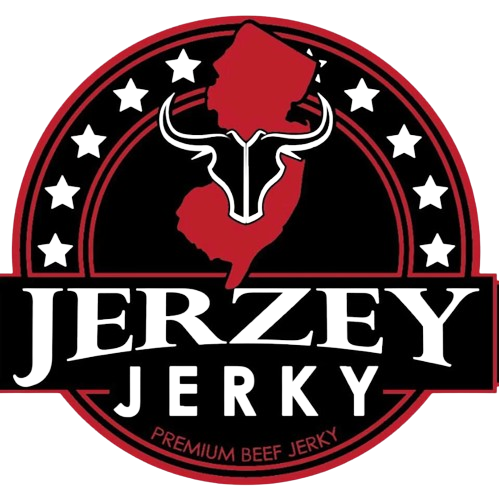
 2025-09-11
2025-09-11
 Wayne Holland
Wayne Holland

